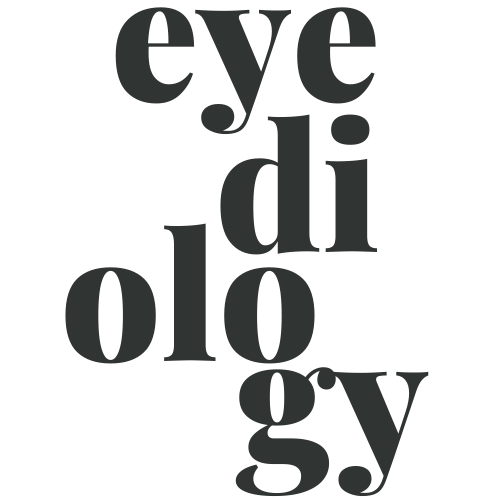The History of Sunglasses
A brief history
The precursors to sunglasses are thought to have been originally worn by Chinese judges in the 1300’s so the court they presided over could not see their expressions. The lenses were made of a smoke colored quartz and they offered no vision protection, nor were they even meant to be worn outside as they could not reduce reflected glare from the sun. Lenses that also protected the eyes were developed in Italy, these were still used within the court room and were still not strictly designed for outside use. For many centuries these were the only uses of sunglasses, it was not until the 1700’s that James Ayscough realized that changing the colours of lenses could help better protect the eyes from bright lights and glare; however they would not have protected the eyes from the more harmful effects of the sun.
It was not until the 1900’s the sunglasses really took off and people began wearing them to shield their eyes from the sun’s harmful rays. The American military was at the front of this technology for their servicemen and women. In 1929 Sam Foster found the perfect place to sell sunglasses, at the beaches in Atlantic City, New Jersey. Foster was the founder of the Foster Grant Company and began selling Foster Grant sunglasses on the Boardwalk, with increasing popularity thus began the States’ love affair with the sun and sunglasses.
In the early 1930’s Bausch & Lomb were hired by the Army Air Corps to create specialized sunglasses that would cut back on the glare that pilots experienced at high altitude. This led to the dark green tint that was able to absorb light and was created by physicists and opticians; what became called the G15 lens.
Around 1936 Ray Ban’s popularity was further increased when they added the Polaroid filter by Edwin H. Land to their lenses. Ray Ban created the anti glare aviator style frame and lens. Polarized lens technology was very new and had been created by the Polaroid Company. The frame design was created to shield the entire perimeter of the eyes, as a pilot would need, these were distributed throughout the Air Corp. By 1937 they were also made available to the public.
Foster Grant took sunglasses to another level in 1960 with an advertising campaign that made sunglasses chic and stylish to have and wear. Whether the lenses were prescription or not, sunglasses had now become a permanent fashion accessory, not just in the United States, but worldwide. The 1970’s saw Hollywood stars, musicians and fashion designers buy up the brand name sunglasses that were then available.
Sunglasses continued to grow in popularity, not just for fashion, but also because of what was becoming known about the effects of sunlight on the eyes and the importance of shielding them. The sunglass industry has expanded ten fold through the late 1900’s and into today. Sunglasses offer multiple levels of protection from the sun, covering both UVA and UVB to keep eyes healthy and cut down on the effects of glare. Just as eyeglasses are available in numerous designs, colors, sizes and shapes, so are sunglasses. The materials that sunglasses are made of are similar to those of glasses being created to be light and durable as well.
Non prescription sunglasses usually have plastic or metal frames and plastic lenses. The patterns and shapes available are numerous, as are the colours and tints of the lenses. Prescription sunglasses come in the same stylish designs as prescription glasses and are made to fit anyone’s lifestyle or needs. Sunglasses are as much a fashion necessity as stylish eye glasses are. The use of sunglasses has changed dramatically since the age of the Chinese judges that first wore them, however they are still very much used to hide expressions and emotions even now, giving an air of mystery and making the wearer appear more interesting.




